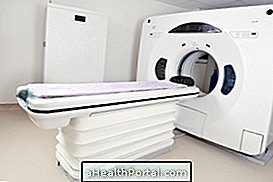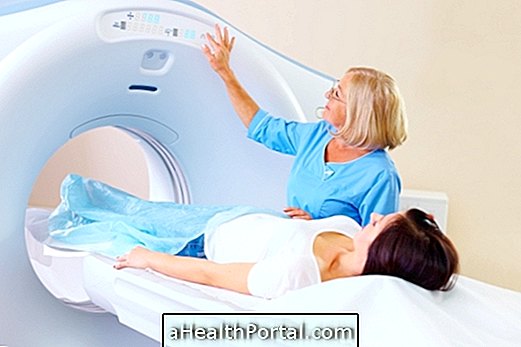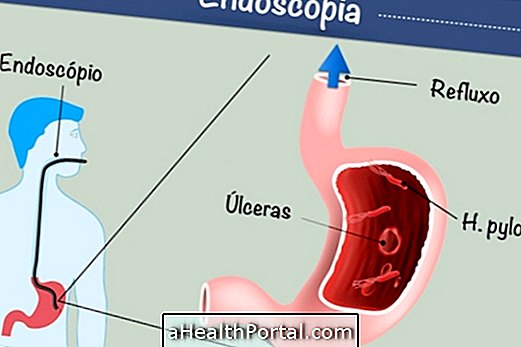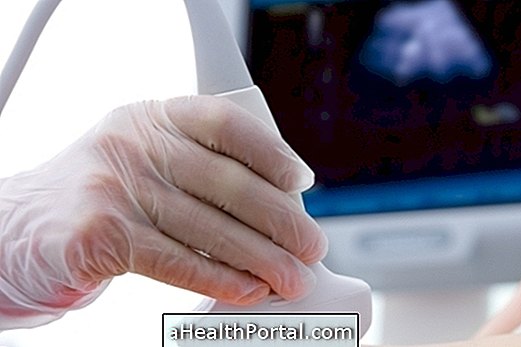Virtual colonoscopy is an examination that allows visualization of the intestine, without the need to introduce a tube probe into the colon, and is useful for identifying intestinal polyps less than 0.5 mm, diverticula or cancer, for example.
Virtual colonoscopy is performed with CT equipment with low radiation dose and images are analyzed by computer programs that generate images of the intestine in various perspectives, taking the procedure on average 15 minutes.
During the examination, a small tube is inserted into the intestine, just in the anus, to inflate the gas inside the intestine, which helps to dilate the intestine, making all its parts more visible.


In case, if there is a change in the images obtained by the virtual colonoscopy, the patient can perform a small surgery on the same day to remove polyps, for example.
How to Prepare for Virtual Colonoscopy
Virtual colonoscopy involves cleaning the bowel before taking the exam, so that you can see the inside well. Thus, the day before the examination it is necessary to:
- Make a specific diet by avoiding fatty and seed foods. Know what you can not eat at: How to prepare for colonoscopy.
- Take laxative and contrast indicated by the doctor the afternoon before the exam;
- Walk several times a day to increase bowel movements and help cleanse;
- Drink at least 2 L of water to help cleanse the bowel.
This examination can be done by most patients, however, it can not be performed by pregnant women due to radiation.
Benefits of Virtual Colonoscopy
Virtual colonoscopy is used in individuals who can not take anesthesia and who can not cope with colonoscopy because it involves the introduction of the catheter into the anus, which causes some discomfort, some other advantages are:
- It is a very safe technique, with a lower risk of perforation of the intestine;
- It does not cause pain, because the catheter does not run through the intestine;
- Abdominal discomfort disappears at the end of 30 minutes because small amounts of gas are introduced into the intestine;
- It can be done in patients who can not take anesthesia and who have irritable bowel syndrome;
- After the examination you can perform the normal daily activity because no anesthesia is used.
In normal colonoscopy a catheter is inserted into the anus to see the entire interior of the intestine, but although uncommon, there is a risk of perforation of the gut wall by the catheter.
In addition, it also allows to diagnose changes in organs involving the intestine, such as liver, pancreas, gall bladder, spleen, bladder, prostate and even uterus, because the examination is done with CT scanners. Read more about the exam in: Computed Tomography.

























